“Wait, what did we just read?” If this sounds familiar, we’re here to help boost your students’ comprehension! At The Stellar Teacher Company, we’re all about keeping things simple, strategic, and aligned with the Science of Reading. That’s why we love this 3–2–1 Framework for Deeper Comprehension. It’s a structure that helps you think through your reading instruction from beginning to end—while also layering in the key components students need to become confident, capable readers.
Let’s break down how this 3–2–1 method can help you organize and streamline your ELA instruction while boosting student comprehension!
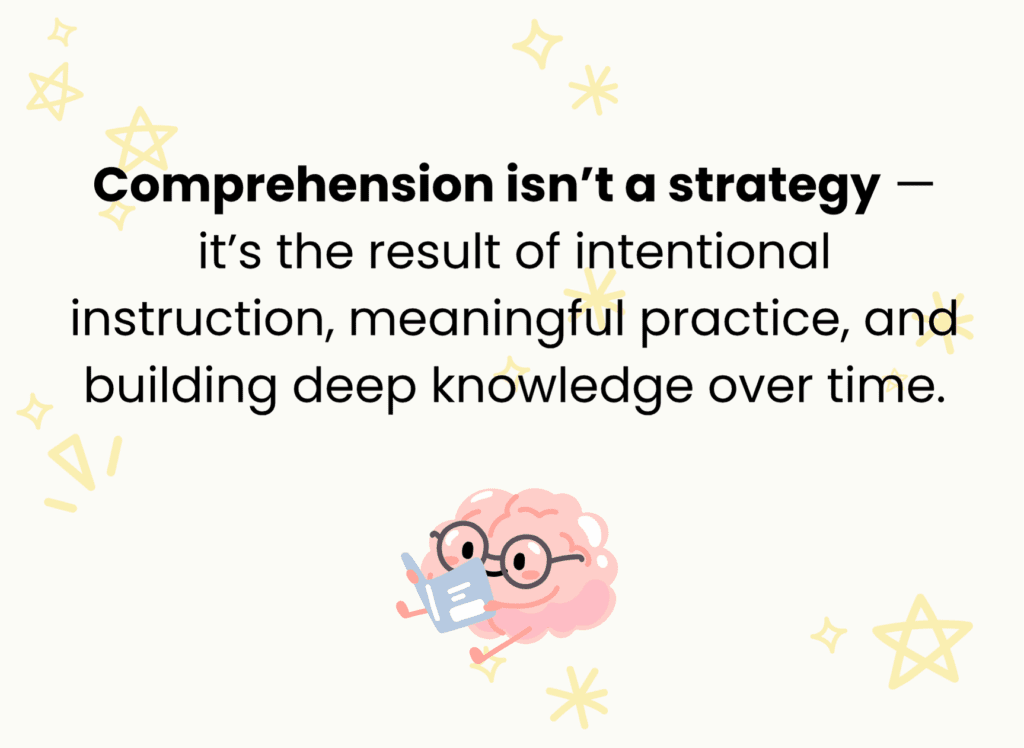
✅ 3 Before Reading – Build the Foundation for Comprehension
Before your students even open a text, take time to lay the groundwork. This step is all about helping students access the text with confidence. Here’s what to prioritize:
- Background Knowledge: Think of this as mental Velcro. Students are more likely to retain new information when it connects to something they already know. Use images, short discussions, agree/disagree statements, or quick reflection questions to build context.
- Explicit Vocabulary Instruction: Choose a few precision words to pre-teach. Focus on Tier 2 and Tier 3 words that are essential for understanding the text. Provide student-friendly definitions, use the words in multiple contexts, and encourage students to use them in conversation.
- Literacy Knowledge (Genre + Text Structure): Help students recognize patterns. If they know they’re about to read a compare/contrast text or a folktale, they’ll approach it with the right frame of mind. Use anchor charts or mini-lessons to highlight structure and genre features before diving in.
🗂️ Classroom Tip: Create a simple template for your “Before Reading” routine. Whether it’s a slide deck, a whiteboard outline, or a printed organizer, having a consistent visual will save time and help students know what to expect.

✅ 2 During Reading – Guide Thinking in Real Time
This step is where the magic happens—as students are reading, we want to help them process, question, and interact with the text.
- Syntax & Sentence Structure: Choose one sentence from the text and break it down with your class. Use it to review grammar, highlight sentence types, or analyze how the author used language to create meaning. This reinforces the connection between reading and writing and gives students practical examples of strong sentence structure.
- Verbal Reasoning: Ask thoughtful, text-based questions that go beyond recall. Use prompts that require students to infer, evaluate, or analyze. Encourage them to turn and talk, jot down ideas, or defend their thinking with evidence.
🗂️ Classroom Tip: Create a bank of discussion stems you can reuse across texts. This makes it easy to model high-quality discussion and ensures students are consistently working at higher levels of thinking.

✅ 1 After Reading – Pull It All Together with Writing
Here’s where you give students the chance to synthesize their thinking and show what they understood.
- Written Response: It doesn’t have to be a five-paragraph essay! A few sentences, a short paragraph, or even sentence stems can be powerful. What matters is that students write in response to what they’ve read—this helps deepen comprehension and gives you a clear picture of what they’re taking away from the text.
🗂️ Classroom Tip: Use a simple, rotating set of response types—summary, opinion with evidence, compare/contrast, character change, etc. This allows for repeated practice without overwhelming you or your students.
Why This Comprehension Framework Works
The 3–2–1 Framework is rooted in evidence-based reading instruction. It aligns beautifully with the Science of Reading by prioritizing:
- Knowledge-building
- Vocabulary
- Syntax and sentence-level analysis
- Verbal reasoning
- Written expression
And the best part? It can be applied across genres, texts, and content areas. Once you’ve internalized this routine, it becomes second nature—making your planning simpler and your instruction more consistent.

Let Us Help You Make It Happen
If you’re looking for ready-made resources that support this exact approach, we’ve got you covered inside The Stellar Literacy Collective. Our reading lessons are designed with these components built in—so you don’t have to reinvent the wheel. We have 40-weeks worth of lessons for 3rd, 4th, and 5th grade!
From vocabulary slides and background knowledge questions to sentence analysis and response writing prompts, everything you need is ready for you to grab and go.
✨ Ready to organize your ELA block with purpose and ease? Join us inside the Stellar Literacy Collective and get access to a growing library of lessons and tools that make it all feel doable.
Simple systems, smarter planning, deeper comprehension. You’ve got this—and we’re here to support you every step of the way.

Want to learn on the go? Check out The Stellar Teacher Podcast!
Episode 244: Are You Making This Mistake in Your Comprehension Instruction? (Part 1)




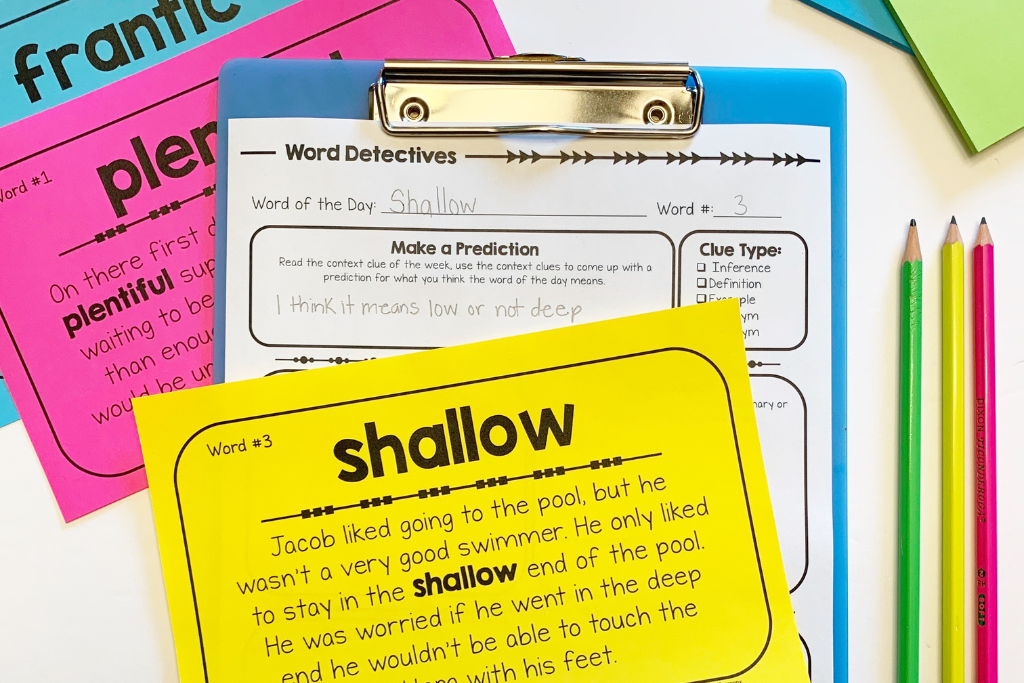
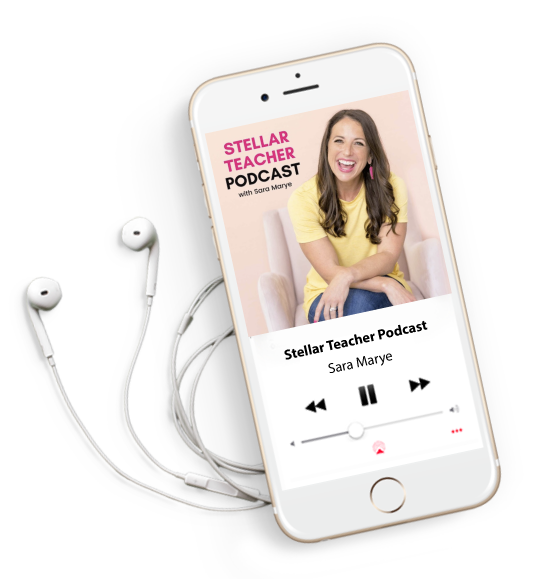
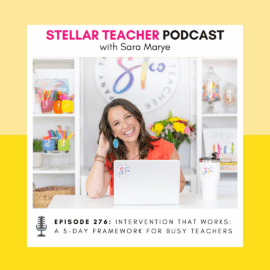
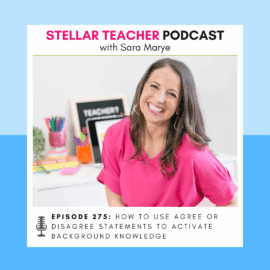

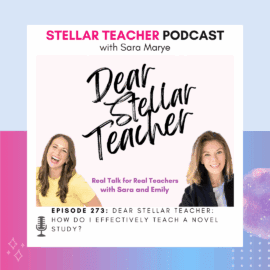

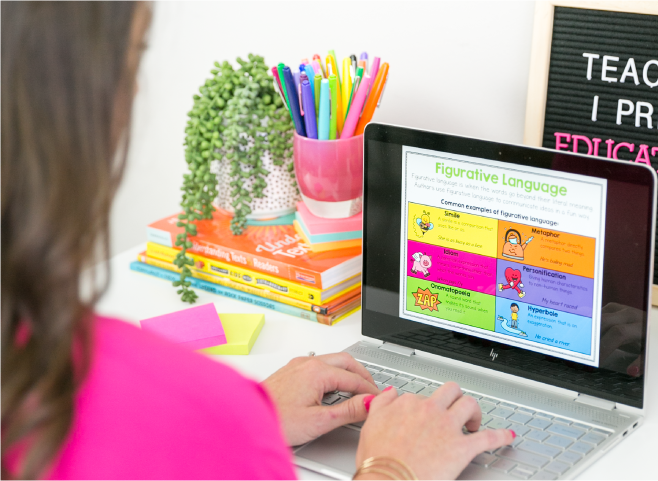
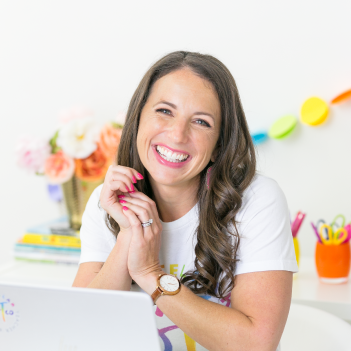
Leave a Comment
You must be logged in to post a comment.